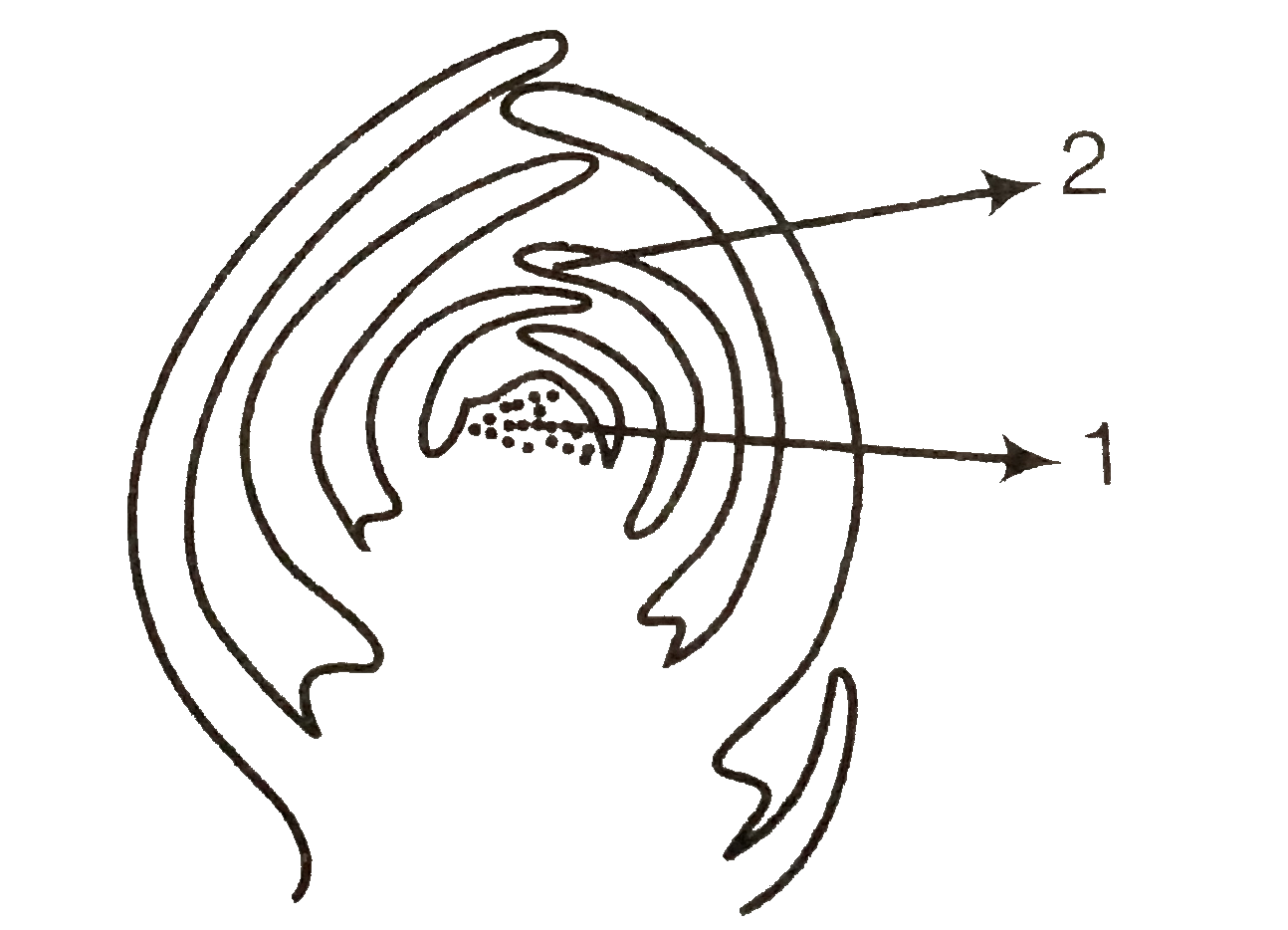(a) With the help of well-labelled diagrams, describe the process of plasmolysis in plants, giving appropriate examples.
(b) Explain what will happen to a plant cell if it is kept in a solution having higher water potential.
(a) Refer .Plasmolysis. of Chapter - 11, page 14.
(b) When a plant cell is placed in solution with higher water potential (hypotonic solution), water will enter into the cell and develops turgor pressure.
Topper's Solved these Questions
- TRANSPORT IN PLANTSBook:MODERN PUBLICATIONChapter:TRANSPORT IN PLANTSExercise:NCERT EXEMPLAR PROBLEMS (MULTIPLE CHOICE QUESTIONS)
Explore 9 Videos
- TRANSPORT IN PLANTSBook:MODERN PUBLICATIONChapter:TRANSPORT IN PLANTSExercise:NCERT EXEMPLAR PROBLEMS (VERY SHORT ANSWER TYPE QUESTIONS)
Explore 23 Videos
- TRANSPORT IN PLANTSBook:MODERN PUBLICATIONChapter:TRANSPORT IN PLANTSExercise:CHAPTER PRACTICE TEST
Explore 15 Videos
- THE LIVING WORLDBook:MODERN PUBLICATIONChapter:THE LIVING WORLDExercise:Chapter Practice Test
Explore 16 Videos
Similar Questions
Knowledge Check
If a plant cel is placed in a solution having les negative water potential as compare to cel, then
Acell become shrinkBcell become swellCtheir will be no change in cellDcell either become shrink or swell
With the help of well labelled diagrams describe the structure of a typically bacterial cell.
View SolutionA cell is kept in water having low water potential. What will happen?
View SolutionWith the help of a labelled diagram,describe how electricity is gnerated in a nuclear power plant?
View SolutionWhat will happen if a plant cell and animal cell are placed in a hypertonic solution?
View Solution(a) With the help of a labelled diagram, explain the process of electrolytic refining of copper.
(b) Name the substance formed on the surface of copper when it reacts slowly with moist CO2 in the air.
View Solution(a) With the help of well labeled diagram explain water cycle in nature.
(b) How is green house effect related to Global warming? Explain.
View SolutionLabel the diagram
A.This is which part of a dicotyledonous plants?
B. If wer remove part 1 from the plant , what will happen?

View Solution

